

Since then, I have learned a lot more about insulin resistance, and the need for low glycemic gluten free recipes.
So this year, as the Christians all over the world celebrate Easter, a holiday of rebirth, the Jewish community celebrates Passover, a remembrance of deliverance, and pagans celebrate Ostara, a time of renewal and rebirth, I am going to share some seasonal recipes that just may provide you deliverance and rebirth all at once.
If you are one of the millions who suffer from insulin resistance, it’s important for you to stay away from sugar of all kinds, including the dried fruit I included in my original recipes.
All these holidays happen right around the spring equinox, which is the transition from winter to spring, a rebirth for the plants and animals.
Easter is celebrated by Christians worldwide as a celebration of the resurrection of Jesus Christ. Even if you aren’t Christian, it’s likely that you’re familiar with the more commercialized customs…the Easter Bunny, Easter Egg hunts, jelly beans and marshmallow chickadees. A few years ago, I began to question the association between the resurrection of Jesus Christ and the Easter bunny.
As I began to research, I realized that many of the modern day Easter traditions derived from rituals and symbols of the Pagan holiday of Ostara, a celebration of the spring equinox and the Great Mother Goddess Eostre of the Saxon people in Northern Europe who was known by a number of names (including Ishtar in Mesopotamia), all derived from the ancient word for spring – “eastre”.
The Easter bunny derives from the legend of a small hare devotee of Eostre’s who wanted to give a gift to the goddess. He came upon an egg, which was a prized find and decided to decorate it to make it a fitting gift for a goddess. The story has it that Eostre was so pleased that she wanted everyone, especially all the children, to enjoy decorated eggs. So the descendants of the hare have been tasked to deliver decorated eggs to all the children of the world, and are called Eostre’s bunnies, or the Easter Bunny.
While the Easter egg hunt was first popularized in the United States in the 1860’s, the custom actually can be traced back to 2000 years earlier in India, Germany and Scandinavia, and has been considered a symbol of the soul’s eternal quest for reaching a state of worthiness for union with the deities.
The tradition of eating sweet treats for Easter goes back hundreds of years. It’s thought to be derived from the tradition of the ancient Anglo-Saxons who baked small wheat cakes in honor the goddess Eostre. Chocolate came into vogue as an Easter treat in Europe, during the early 1800’s. Chocolatiers used the image of the egg as a way to celebrate Easter and sell their newly developed chocolate products. Chocolate bunnies followed later, as more sophisticated candy making techniques emerged. The jelly bean was added to the Easter lineup in the 1930’s.
In my family, decorating eggs was always a big event the night before Easter. On Easter morning, we searched for hidden eggs and chocolate bunnies. My grandmother, who lived downstairs in the two family house that I grew up in, loved to buy lots of candy. She’d lay out the plastic “grass” on a buffet table in her dining room, and hide lots of candy underneath for us to feast on.
Needless to say, we overindulged on hard boiled and chocolate eggs. We’d make egg salad from the eggs, and sometimes have that for Easter breakfast.
Dinner was usually ham, along with roasted potatoes and some sort of vegetable. Dessert could be anything, or just more chocolate. While I don’t recall it being one of my families traditions, Hot Cross Buns are an Easter favorite in many areas.
Since my kids and I eat a plant based diet, ham is not on the Easter menu at our house. A substitute for the richness of the ham can be a savory nut and vegetable loaf. We celebrate the spring with delicate spring vegetables and greens. I also make an egg salad substitute that’s tasty and easy to create, which I share with you below.
Here are some gluten free,low glycemic raw foods recipes for Easter to please your palate.
“No Egg” Salad
Ingredients
- ½ cup dry sunflower seeds (best if soaked and then dehydrated)
- 1 cup dry Brazil nuts or almonds (best if soaked and then dehydrated)
- ¼ teaspoon of salt
- ¼ teaspoon powdered kelp (optional)
- 1 teaspoon turmeric
- ½ cup filtered water
- 2 stalks celery, finely diced
- 1 cup fresh coconut meat, cut into approximately 1/4 inch squares (optional, for the texture and appearance of the hard boiled egg white)
Directions
- Place all ingredients except celery in a food processor.
- Process until smooth but not creamy.
- Stir in diced celery and coconut meat (optional)
Easter Loaf
Ingredients
- 1 cup brazil nuts, soaked 4-6 hours or overnight then rinsed and drained
- 1cup almonds, soaked 4-6 hours or overnight then rinsed and drained
- 1 cup sunflower seeds, soaked 4-6 hours or overnight then rinsed and drained
- 1 cup pumpkin seeds, soaked 4-6 hours or overnight then rinsed and drained
- 1 medium yellow onion
- 2 zucchinis
- 1 1/2 teaspoons allspice
- pinch of ground cumin
- 1 teaspoon celery seed
- ¼ teaspoon unrefined sea salt
- Black pepper to taste, if desired
- ¼ dry ground nuts or seeds, preferably soaked and then dehydrated.
- 1 /4 teaspoon ground nutmeg
- 1 /4 teaspoon ground cinnamon
- A few sprinkles of ground black pepper
- 30-40 whole cloves, to decorate the top
Directions:
- In a food processor, pulse the Brazil nuts, almonds, sunflower seeds and pumpkin seeds together until they are almost smooth. Set aside in a large bowl.
- Place the onions and zucchini in a food processor and pulse until coarse. Add to the bowl of nuts and seeds.
- Add the allspice, cumin, celery seed, salt and pepper if desired and mix together until well combined.
- Form the mixture into a loaf shape on a dehydrator tray lined with a non-stick sheet.
- Combine the ground nuts, nutmeg, cinnamon and black pepper.
- Sprinkle the mixture over the top and sides of the loaf. Be sure to completely cover the loaf with the dry mixture.
- Insert whole cloves onto the top of the loaf.
- Dehydrate the loaf at 118 degrees for 4-8 hours, or until firm to the touch.
- Remove the cloves right before serving.
You might find that your Easter meal doesn’t seem complete without something sweet. Isn’t it interesting that we’ve come to associate just about every major holiday with eating sugar rich treats?
Those of us who have evolved to a new way of eating (which is really a very old way of eating) may be 
In our book, Dessert, Making it Rich without Oil, Chef Karen Osborne and I share our favorite dessert recipes, made entirely of whole, fresh, raw ingredients, 100% gluten free and made without any added oil or processed sweeteners. The sweetness comes from fruit.
These recipes are not low glycemic but can be altered to be low glycemic.
Below is one of my favorite recipes from the book, adapted for a low glycemic diet. These can be shaped into Easter eggs instead of brownies for a seasonal treat.
SUPERFOOD BROWNIES Turned Easter Eggs
Adapted to be low glycemic from Dessert, Making it Rich without Oil by Dr. Ritamarie Loscalzo and Chef Karen Osborne.
There are over 200 low glycemic recipes in the soon to be released B4 Be Gone Low Glycemic 30 Day Meal Makeover set. It’s the menu plan and recipe guide that’s transformed hundreds of women and men from fat, foggy and fatigued to fit, focused and full of energy.
This chocolate Easter egg recipe contains kale, which is very high in minerals like calcium. In this yummy recipe, nobody can taste the kale at all.
Yield: 8X8 pan – The combination of vanilla and carob makes a delicious chocolate-like brownie. Of course you can also use raw real raw chocolate.
Ingredients
- 2 cups de-stemmed Kale, lightly packed
- 1/8 – 1/4 teaspoon salt
- 2 cups walnuts, soaked and dehydrated
- 1 cup pecans, soaked and dehydrated
- 1 tablespoon ground vanilla beans or vanilla extract
- 1/2 cup chia gel (2 Tablespoons chia seeds soaked in 1/2 cup water until thickened)
- 1/2 cup finely ground dehydrated unsweetened coconut
- 2/3 cup carob powder
- 1 dropperful chocolate stavia or 1 dropperful medicine flower dark chocolate extract plus 1 tablespoon Lakanta or Zero (erythritol sweeteners)
Directions
- Process the kale and salt in a food processor until chopped
- Remove the kale to a bowl and set aside.
- Process the walnuts, pecans and vanilla until finely ground being careful not to over process into a nut butter.
- Add the chia gel and kale and process until the mixture begins to stick together.
- Add the carob powder and process until it is incorporated.
- Add the coconut and pulse or combine well with hands until it holds together similar to cookie dough.
- Shape with hands into Easter eggs of desired size.
- Roll in coconut flakes that have been colored by a few drops of various colored vegetable juices, if colored Easter eggs are desired.
- Chill until ready to eat.
It’s ideal to start new traditions for yourself as each holiday unfolds for you. Make the holidays about celebrating your health and aliveness, and the circle of life and not about the food. Replace the connection to the health depleting foods of your past with health enhancing foods that nourish and support you to carry out your mission.
Enjoy the holiday weekend, whether you celebrate Easter or not. Choose to celebrate the rebirth of the planet at this magical time of year.
Love, Health and Joy,
Dr. Ritamarie
Do you have a favorite Easter or Spring recipe to share? Comment below.
Share this:
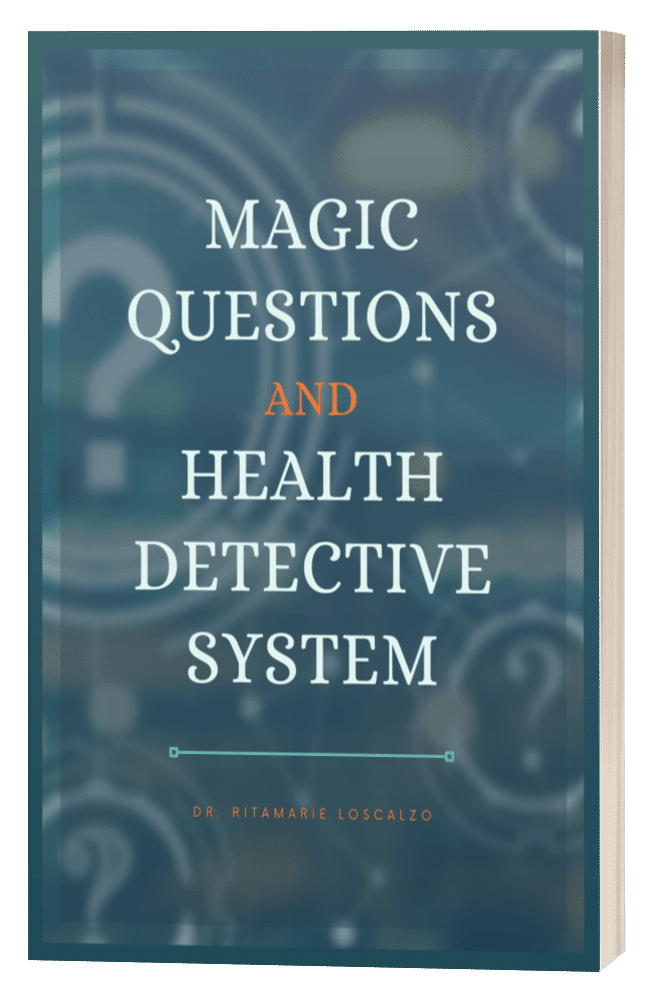
Are you feeling stuck?
Do you feel as if something is missing from your practice that's keeping you from delivering breakthrough outcomes for your clients?.
Recent Posts
Our Programs
Nutritional Endocrinology Practitioner Training (NEPT)
The Mastery and Certification tier is our flagship program and provides everything you need to feel confident as a practitioner who knows how to get results that lead to healthy and happy clients.
Functional Assessment Mastery
Explore the relationships between the most important hormones and their relationship with nutrition.
Functional Nutrition Mastery
Learn how to support your clients to eat and supplement in a way that reduces and eliminates chronic symptoms.
Medical Disclaimer: The information on this website is not intended to replace a one-on-one relationship with a qualified health care professional and is not intended as medical advice. It is intended as a sharing of knowledge and information from the research and experience of Dr. Ritamarie Loscalzo, drritamarie.com, and the experts who have contributed. We encourage you to make your own health care decisions based upon your research and in partnership with a qualified health care professional.
Disclosure: Sometimes (but not always), when I share resources in my programs, newsletter, and on my website, I'm using an affiliate link, which means I do make money if you buy. My credibility is extremely important to me; therefore, I only endorse the products, services, and people I believe in. DrRitamarie.com is independently owned and the opinions expressed here are my own.
Click here to see our Privacy Policy.
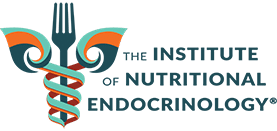

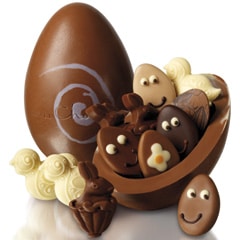


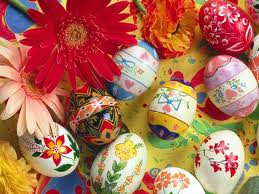

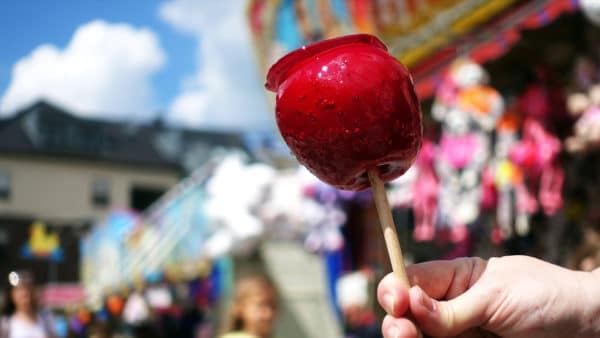


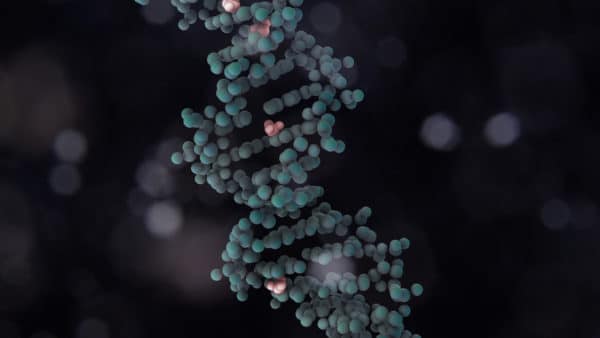
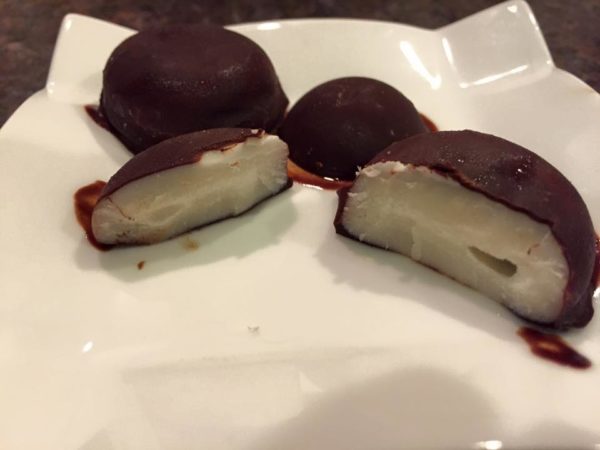



These recipes look absolutely delicious.
I like the low glycemic version of brownies.
Thanks for sharing.
i love it because i love to eat tasty food and which is healthy too